Chengdu, with a population of approximately 8 million, is China's fifth-largest city. Here, you can discover countless interesting things at any time. It sits at the foot of the Qinghai-Tibet Plateau, surrounded by the mountains of Sichuan. If you want to explore Sichuan's historical sites and natural scenery, Chengdu is an ideal starting point – it's not only surrounded by multiple World Heritage Sites but also dotted with various bars and teahouses.
Chengdu boasts a well-developed tourist transportation system, allowing visitors to explore the entire city with ease and comfort. Dedicated tourist buses connect the bustling city center with major famous attractions.
Day 1: Wuhou Shrine and Jinli Ancient Street
After a long flight, it's a good idea to take it easy on the first day. Wuhou Shrine is an excellent starting point to get an initial understanding of Chengdu's historical heritage. You can take a direct tourist bus from Chengdu Shuangliu International Airport, costing approximately 8 RMB, with a journey time of about 50 minutes.
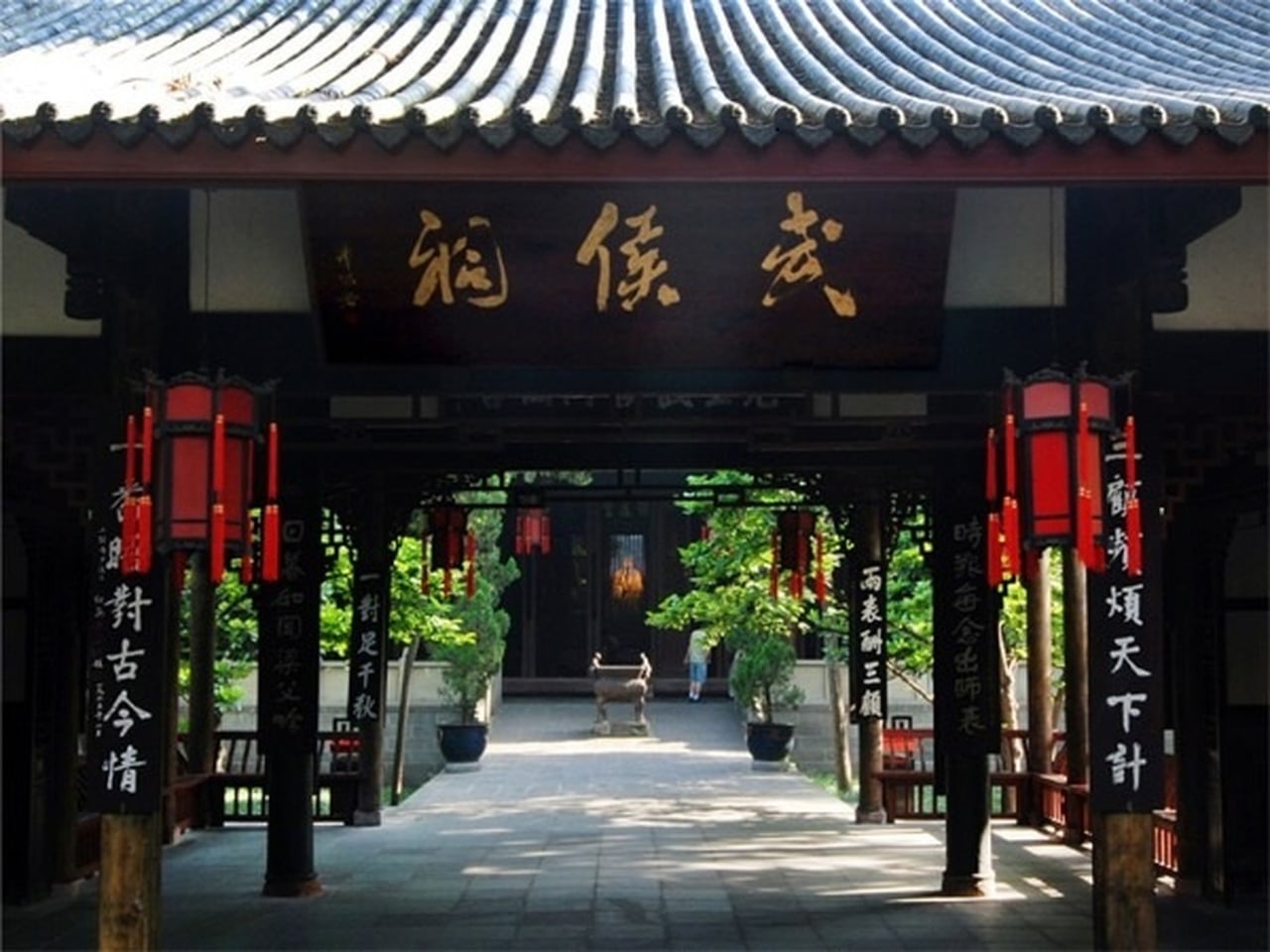
Wuhou Shrine is located in southern Chengdu, covering an area of approximately 150,000 square meters, and is known as the "San Guo Sacred Land". It is China's only temple dedicated to both a monarch and his ministers, divided into a cultural relics area and a garden area. The cultural relics area includes the Temple of Liu Bei, Wuhou Shrine, and Sanyi Temple; the garden area features ponds, stone carvings, willow trees, and other attractions. Right next to the shrine, Jinli is a special street district combining art, handicrafts, and snacks.
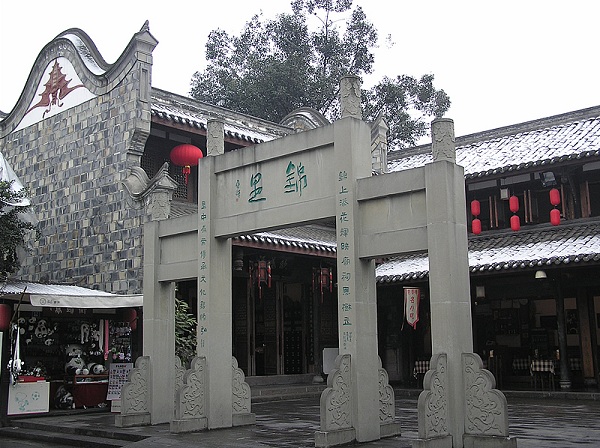
Jinli Ancient Street is a charming district filled with Three Kingdoms culture and Chengdu folk customs. It covers an area of 30,000 square meters, with a building area of 14,000 square meters, and stretches 550 meters in length. The entire street is dotted with teahouses, opera stages, taverns, handicraft workshops, and various snack stalls.
Traditional weddings, folk music, and drama performances are regularly held here, along with special themed events during traditional festivals such as the Lantern Festival, Dragon Boat Festival, Spring Festival, and Mid-Autumn Festival. On this ancient street, you can fully experience the authentic folk culture of Sichuan.
Day 2: Visiting the Giant Panda Breeding Research Base
 Although it requires an early start, the Chengdu Research Base of Giant Panda Breeding is absolutely worth a visit. You can reach it in 50 minutes by tourist bus from Wuhou Shrine, with a fare of 10 RMB. It's recommended to arrive around 9 AM, which is breakfast time for the panda cubs, offering an excellent opportunity to observe these adorable creatures up close.
Although it requires an early start, the Chengdu Research Base of Giant Panda Breeding is absolutely worth a visit. You can reach it in 50 minutes by tourist bus from Wuhou Shrine, with a fare of 10 RMB. It's recommended to arrive around 9 AM, which is breakfast time for the panda cubs, offering an excellent opportunity to observe these adorable creatures up close.
This base is a world-renowned ex-situ conservation, scientific research, and breeding base for giant pandas. It also serves as a center for public education and ecological tourism. It is famous worldwide for the protection and breeding of endangered wildlife such as giant pandas and red pandas.
After your close encounter with the adorable pandas, you can take a special bus back to the city center to rest and recharge for the rest of your trip.
Day 3: Dujiangyan and Mount Qingcheng
The Dujiangyan Irrigation System and Mount Qingcheng are two must-visit attractions near Chengdu. Dujiangyan was inscribed as a World Cultural Heritage site in 2000. You can reach it in 2 hours by direct bus from Wuhou Shrine, with a fare of 29 RMB.
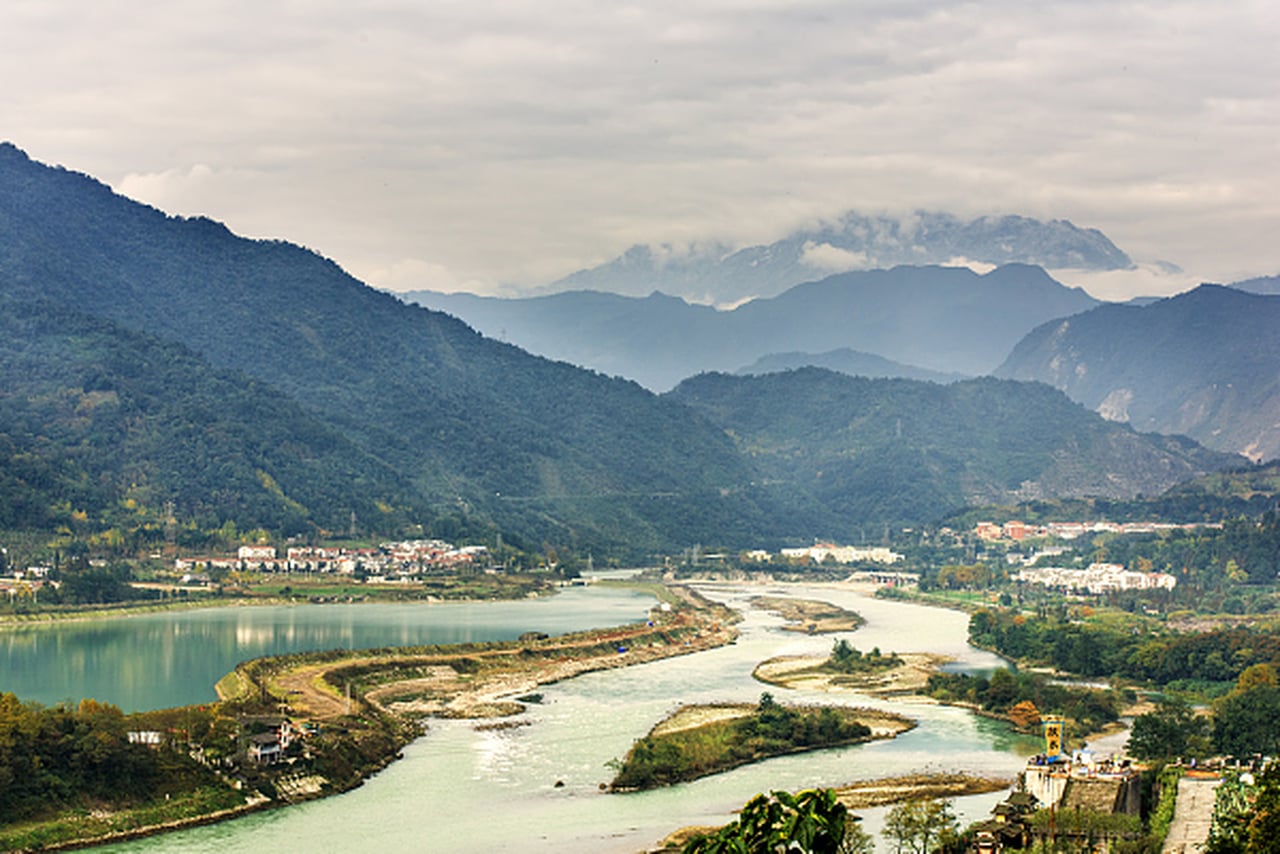
Located on the northwestern edge of the Chengdu Plain, Dujiangyan was built in the 3rd century BCE and is the world's only existing dam-less irrigation system. For over two millennia, it has played a vital role in flood control and irrigation. To date, its irrigated area covers more than 30 counties and cities, nearly 10 million mu of farmland. The scenic area also features several ancient temples and gardens worth visiting.
After lunch, you can take a direct bus to Mount Qingcheng, a journey of about half an hour, with a fare of only 5 RMB.
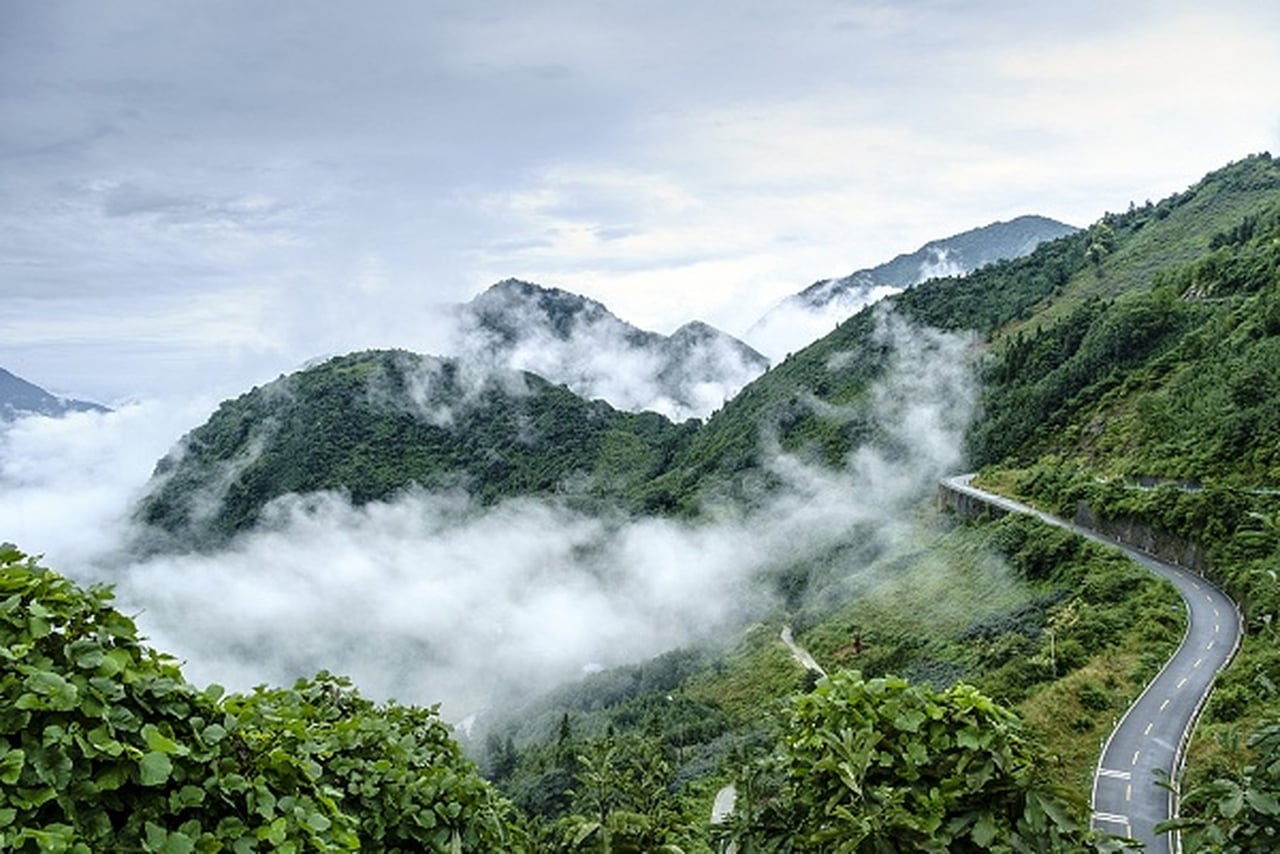
Mount Qingcheng is renowned as one of the birthplaces of Taoism, named for its peaks surrounding it like a city wall. Here, the forests are lush and green year-round, with temples, pavilions, and towers nestled amidst dense foliage, and winding paths traversing through deep forest valleys.
If you're tired of the city's hustle and bustle, you'll surely love the tranquility of Mount Qingcheng. Reaching the summit takes about 4 hours, passing many ancient temples and caves along the way, which is why this route is so popular with tourists. If you prefer not to hike, you can visit Jianfu Palace at the foot of the mountain and then take a cable car directly to the summit.
Day 4: Cultural Exploration Tour
For the fourth day, a cultural exploration tour is recommended. The following attractions are all close to Wuhou Shrine, just a few minutes away by taxi. You can visit museums during the day and go to Jiuyan Bridge in the evening to enjoy Chengdu's beautiful nightscape.
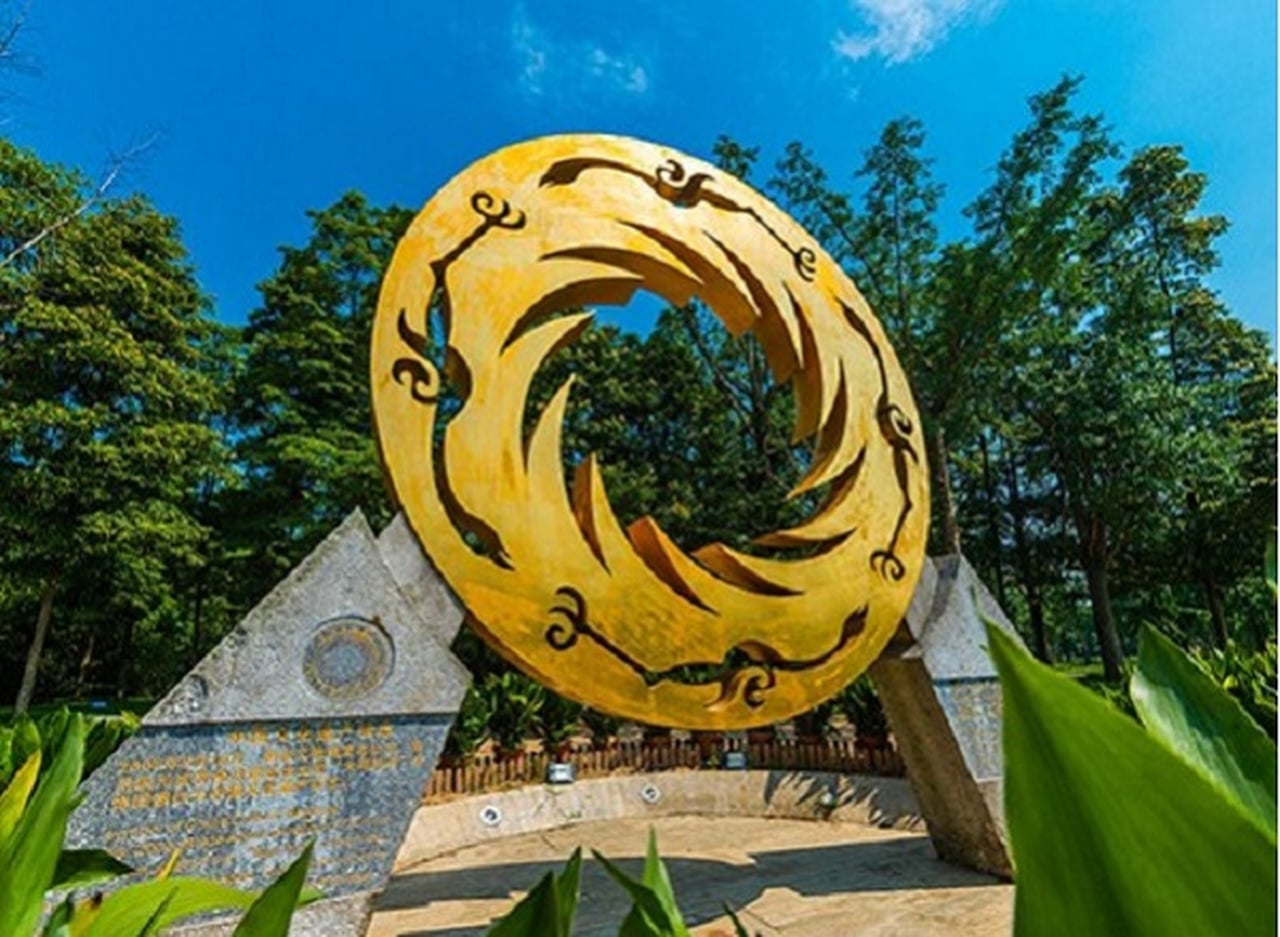
In various corners of Chengdu, you can see the emblem of the "Golden Sun Bird". This golden circular pattern, depicting four divine birds flying around the sun, has become Chengdu's official emblem. It originated from precious artifacts unearthed at the Jinsha Site, which is famous for its rich gold artifacts from the ancient Shu civilization.
The Jinsha Site Museum was built for the protection, research, and exhibition of the Jinsha archaeological discoveries, comprising a Relics Hall, an Exhibition Hall, a Cultural Relics Protection Center, and an Ecological Garden.
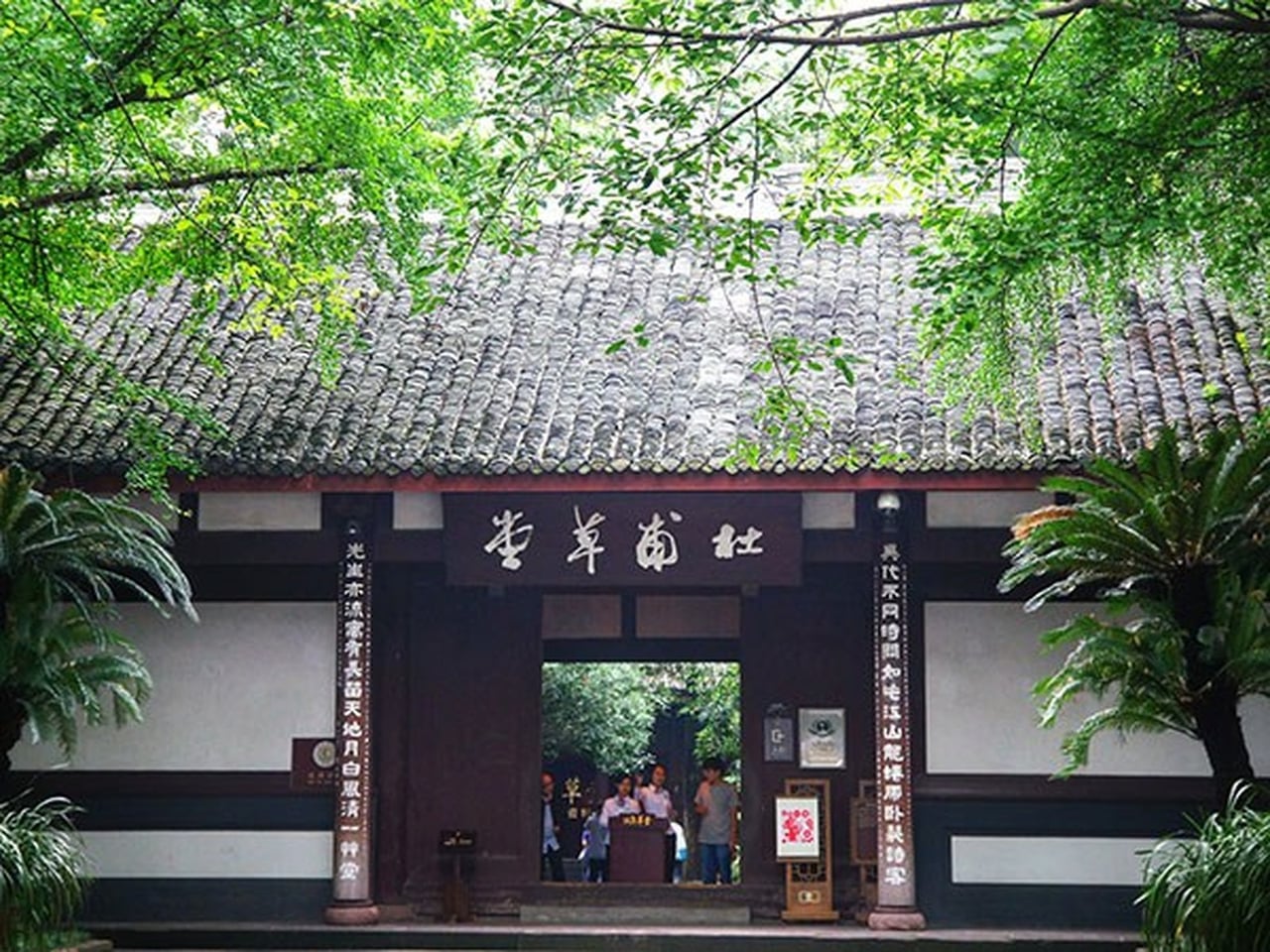
Du Fu Thatched Cottage is a museum commemorating Du Fu, the great poet of the Tang Dynasty. During his nearly four years of residence here, Du Fu composed over 240 poems reflecting the suffering of the common people. His poetry had a profound impact on the development of Chinese literature and is considered the pinnacle of Chinese poetic art.
The museum also features attractions such as the Thatched Cottage Stele Pavilion, Fan'an Temple, three bamboo groves, and a plum garden. The Stele Pavilion marks the original site of Du Fu's thatched cottage, which still maintains its thatched roof architectural style today.
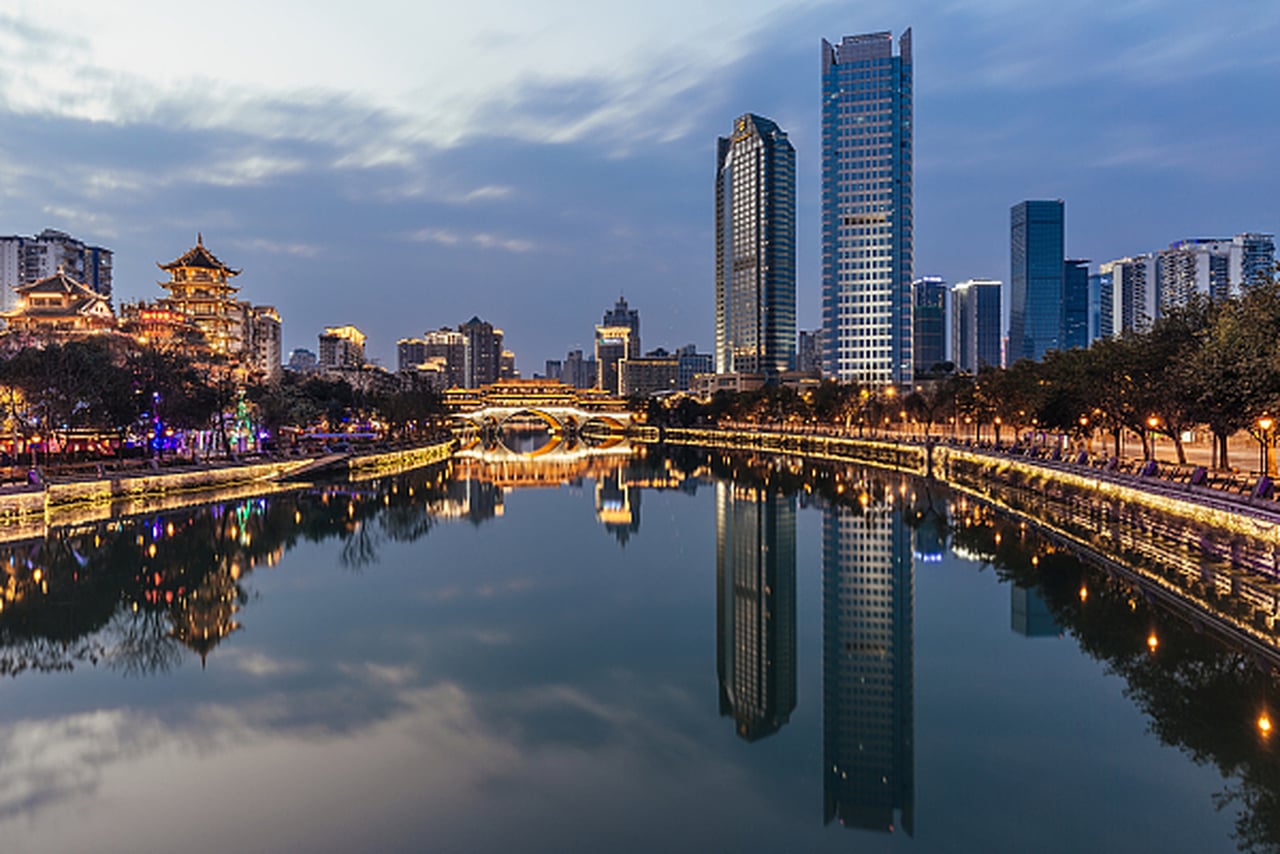
After visiting the museum, take a stroll around the Jiuyan Bridge area to admire Chengdu's enchanting nightscape. The area around this ancient bridge, over 400 years old, has now become a famous nightlife district in Chengdu, home to many characteristic bars.
Day 5: Experiencing Chengdu's Slow-Paced Life
For the fifth day, it's recommended to deeply experience Chengdu's slow-paced life. Kuanzhai Alley allows you to appreciate ancient architecture while savoring authentic Chengdu cuisine.
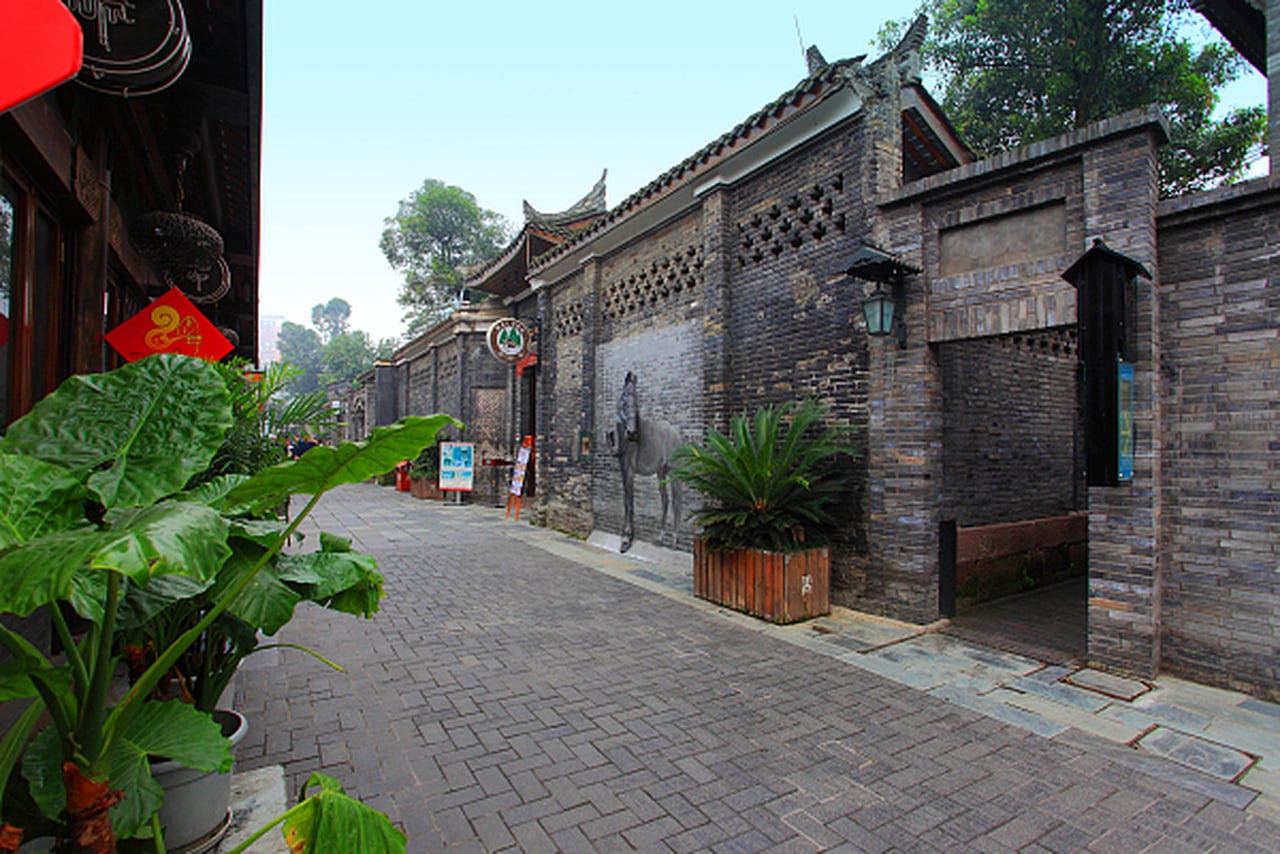
Kuanzhai Alley is dotted with teahouses and various Chengdu snacks. Here, you can also experience an authentic "ear-picking" service, a unique leisure activity of old Chengdu.
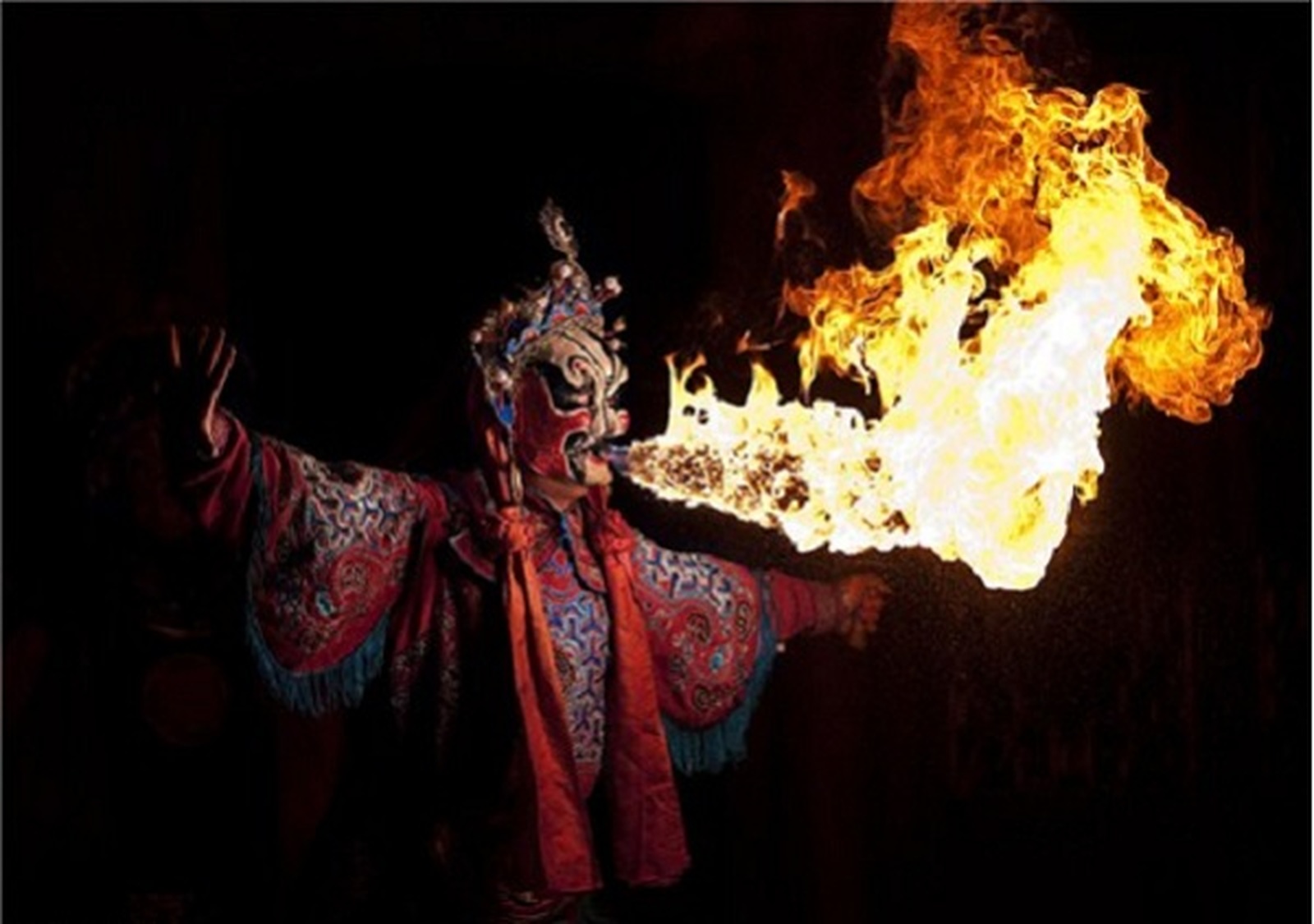
In the evening, it's recommended to visit Jinjiang Theater to enjoy a splendid Sichuan Opera performance. You can reach it in 15 minutes by tourist bus from Kuanzhai Alley, with a fare of 2 RMB. Jinjiang Theater's Sichuan Opera performances are famous for their exquisite face-changing, powerful gongs and drums, and superb acrobatics, which will surely open your eyes.
Day 6: Leisure and Shopping
 On the last day, you can either rest well at your hotel or go shopping at Chunxi Road. This commercial district covers a total area of 20 hectares and gathers over 700 shops. Here, you can buy various souvenirs, and it's also your last chance to savor Chengdu's delicious cuisine.
On the last day, you can either rest well at your hotel or go shopping at Chunxi Road. This commercial district covers a total area of 20 hectares and gathers over 700 shops. Here, you can buy various souvenirs, and it's also your last chance to savor Chengdu's delicious cuisine.
Chengdu Nightlife Recommendations
This city that never sleeps offers a rich and diverse nightlife. Here are some recommended places:
-
Music House: Here you can enjoy a wide array of live music performances, with different styles almost every night. Besides resident bands, renowned musicians like Lo Ta-yu occasionally perform. Address: No. 15 Yulin South Road, Chengdu
-
Beer Nest: Offers a variety of craft beers and imported beers, paired with Belgian-style specialty snacks. There are white wine specials every Wednesday, and a special mussels and Belgian beer combo on Saturdays. Address: Manster Commercial Street, No. 48 Renmin South Road Section 4, Chengdu
-
The Bookworm: It's a bookstore, library, restaurant, and bar all in one. It frequently hosts literary events and jazz performances, making it a gathering place for Chengdu's literary youth. Address: No. 2-7 Yujie East Street, Chengdu
-
Little Bar: A landmark for Chengdu's rock music scene, often featuring live performances by local and international bands. Address: No. 87 Fangqin Street, Chengdu
-
Jingjie Bar: An established bar with over a decade of history, loved by locals for its relaxed atmosphere and excellent live music. Address: Jiuping Street, Jiuyan Bridge, Chengdu
Savoring Sichuan Cuisine
Among China's eight major culinary traditions, Sichuan cuisine is highly favored by food enthusiasts for its unique flavors. Sichuan cuisine emphasizes "one dish, one style; a hundred dishes, a hundred flavors", offering various taste profiles beyond just spicy and numbing, such as fish-fragrant, sweet and sour, and savory.
With over 5,000 dishes, classic Sichuan dishes include Twice-Cooked Pork, Kung Pao Chicken, and Fish-Fragrant Shredded Pork. If you enjoy spicy food, Chengdu's hotpot is definitely not to be missed.













